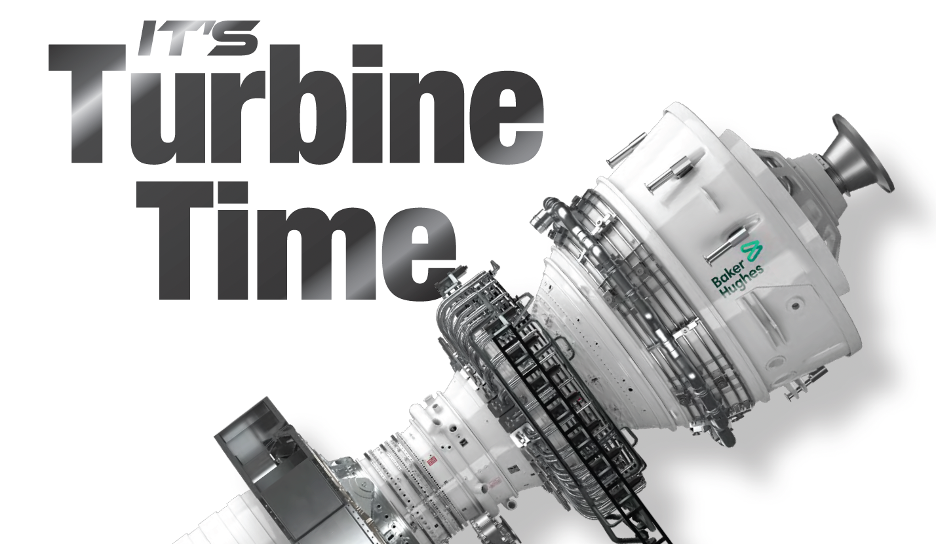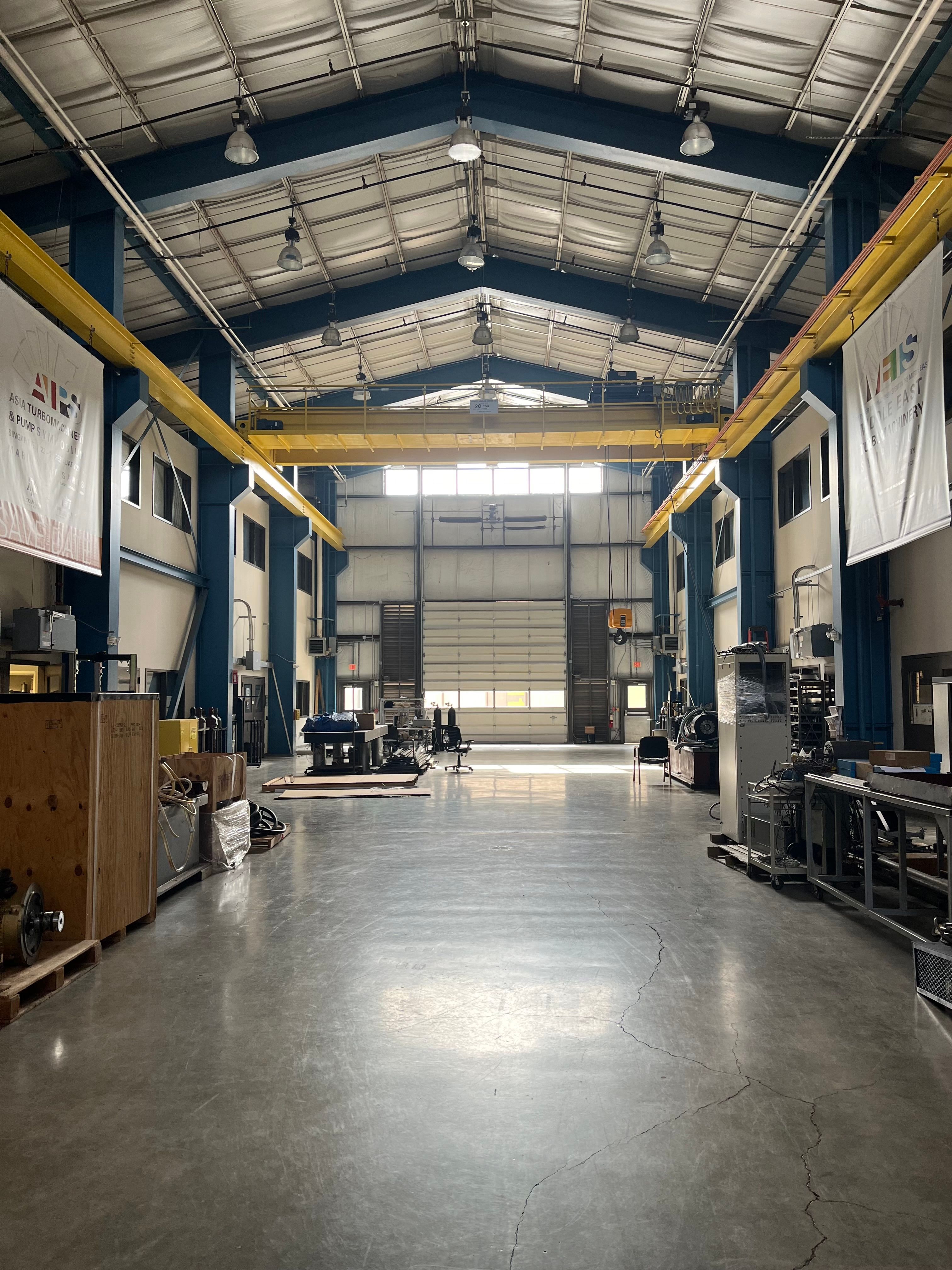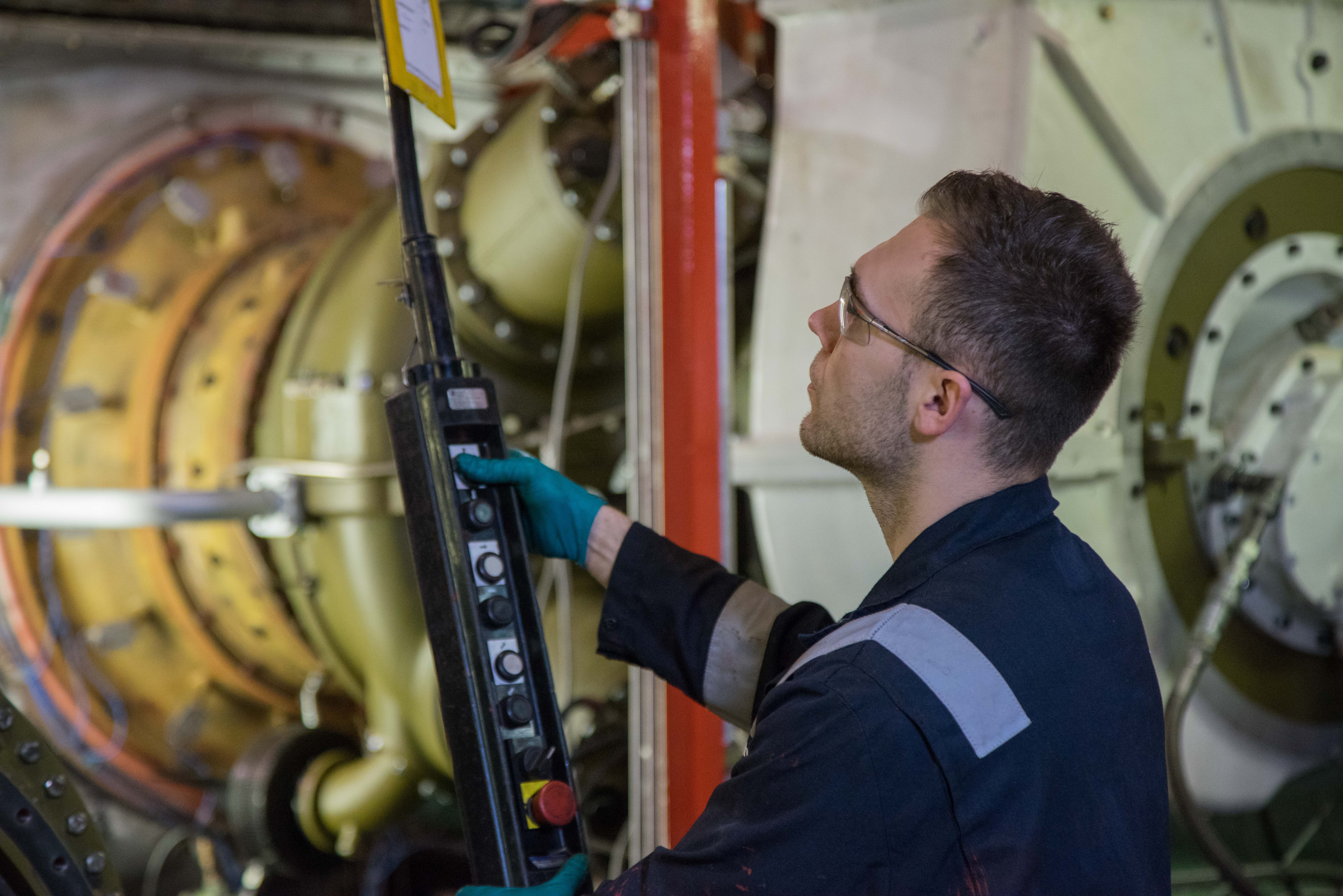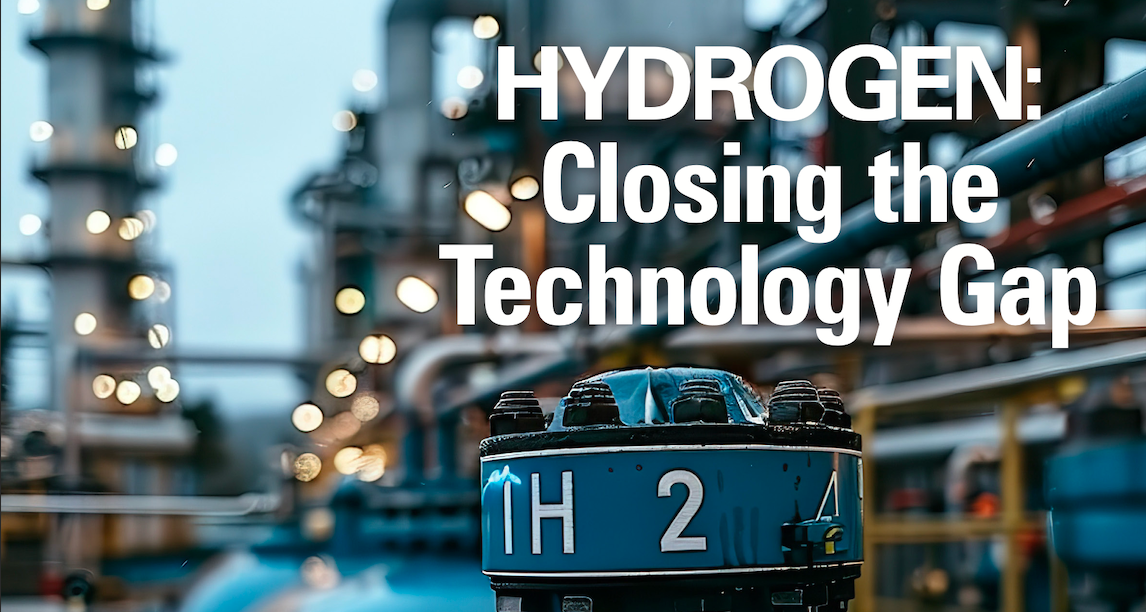Article
New Source U.S. EPA Performance Standards - 2014
Author(s):
The U.S. EPA has issued a revised Standard of Performance for Greenhouse Gas Emissions from New Electrical Generating Units, still subject to a comment and review period. The basic standards put forth are as follows:
- Coal-fired units — 1,100 lbs- CO2/MWh, over a 12-month operating period
- Coal-fired units that choose to average their emissions over a seven-year period — 1,000 to 1,050 lbs-CO2/MWh, over that 84-month operating period
- Gas-fired turbines larger than 850 mmBtu/hr — 1,000 lbs-CO2/MWh
- Gas-fired turbines smaller than 850 mmBtu/hr — 1,100 lbs/MWh
Actual power plant output
The 850 mmBtu/hr is the thermal input and defines the size of the power plant. The 1,000-1,100 lb-CO2/MWh is the emission standard for that size. The actual rated output of the power plant is a function of the fuel type and its efficiency.
How the suggested standard translates into actual power plant sizes for the various fuel and power plant types can be seen in the Figure below. This is a summary of the key findings and assumptions embodied within the proposed ruling:
- The basic ruling puts forth the notion of separate standards for coal vs. natural gas fueled power plants. There is no logic offered as to why this determination was made, but it seems clear that this was a concession to the coal industry.
- Simple-cycle gas turbines can be applied, without abatement, to back up wind and solar renewable resources.
- The ruling argues that partial Carbon Capture & Sequestration (CCS), as applied to coal fired power plants, is “proven” by the five demo projects cited in the background information provided.
- It also argues that imposing CCS on coal plants will not affect consumer electricity pricing because no one is building coal plants anyway.
- It argues that since there are no demo projects that apply CCS to natural gas combine cycle power plant (NGCC), CCS for gas is therefore unproven and since NGCCCCS is “unproven,” EPA cannot mandate its use.
- They argue that mandating CCS on coal will help bring the technology into use, although no one is expected to use it, per point 4 above.
The reality
There is no difference between CO2 from a NGCC or coal power plant. It is just CO2.
The same Post Combustion capture technology can be applied to either NGCC or coal.
The de facto standard at the local Public Utility Commission (PUC) has been Coal-CCS vs. unabated NGCC for the last 5-years.
There are no new coal projects, other than those few subsidized Demo Projects mentioned, and no new projects in the planning stages.
We are not on the CCS “learning curve,” nor are we on the trajectory to achieving the 2°C/450 ppmv atmospheric CO2 target. It is not even clear if this is the target.
The ruling does not provide any mechanisms and platforms to establish a cost for CO2 emitted.
The irony
If coal had not proceeded with demo projects and therefore were to fall into the “unproven” category, would coal still have had to deploy with CCS?
And, why would anyone spend money to establish that NGCC-CCS is viable, when that would then set a new “proven” standard, obligating its use?
There is no mention of the actual climate change targets in the proposed ruling. There are references to climate change, but only in the abstract.
The BACT -Best Available Control Technology or BSER-Best System of Emission Reduction bases for this ruling are, by definition, a BAU-Business as Usual approaches, because they apply a commercial availability and readiness test to their implementation.
The term BSER was used to cover the combination of power plant and CCS, as applied to NGCC. This is an artificial point of difference between CCS applied to coal vs. gas to affect separate “readiness” outcomes.
Now the debate centers around whether Coal-CCS has been demonstrated enough, or even at all. The coal industry is suggesting, not.
And, the House Energy & Commerce Committee is investigating the EPA on that determination. And, the U.S. House of Representatives is also offering its own version of any ruling that seems to be supportive of the coal industry and with what appears to be an implementation in 2050, maybe. They ask that Best System of Emissions Reduction (BSER) be demonstrate within coal category as:
One continuous 12-month run of by each of (6) separate units at (6) separate locations, that collectively represent the operating characteristics of different US locations.
Each of which, must operate on a full commercial basis for an entire 12-month period.
And, that results from demonstration projects cannot be used in demonstrating the BSER. And, that there be a separate sub-category for (3) separate units operating on coal (lignite) with average heat content of 8,300 Btu/lb.
It is also clear that a couple of factions in this debate are using current low gas price to deflect criticism of the ruling itself.
Make no mistake; any root cause analysis on the negative impact on the coal industry will focus squarely on the EPA ruling, not the price of natural gas. Yes, the price of natural gas has had an enormous impact, but it has been that of an accelerant, not the root cause.
Clarification
Four things are really clear to me:
- There is no “forcing function” applying pressure to reach a climate change target; and there is no target or cost associated with emitting CO2, and the standard, such as it is, is “Business as Usual,” so how can there be any pressure applied? No one is asking, “If we do it this way, do we achieve the target?” What target?
- The EPA, through this ruling, gives every impression it does not want to capture CO2, probably because they have no clue on how they would dispose of it, once captured. It is the “you break it, you own it issue.” They do not want to own it. This ruling insures they do not capture CO2, yet attempts to create the appearance of action or progress on the climate issue.
- Because of this ruling, CCS is on life support, with no one really advocating for its use. It is still the only approach that can deal with CO2 at the scale of the problem, however. It will return to favor, someday and likely emerge first in China.
- The outstanding growth in gas turbine industry sales in support of U.S. NGCC deployment will continue, uninterrupted for the foreseeable future.
Written by: Peter Baldwin, who has been involved in the gas turbine and compressor industries for 47 years. He heads basee, his Boston-based independent consulting company focused on Distributed Energy Technologies, Gas Turbines and Air & Gas Compression interests. He holds a BSME degree from Purdue University and can be contacted at: pete_baldwin@base-e.net
Newsletter
Power your knowledge with the latest in turbine technology, engineering advances, and energy solutions—subscribe to Turbomachinery International today.





